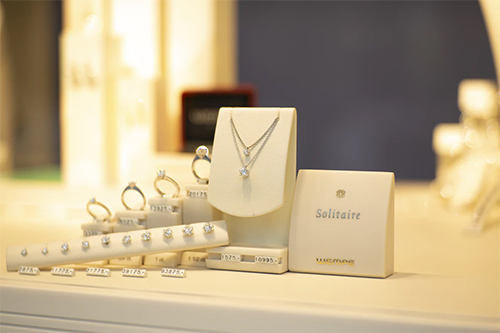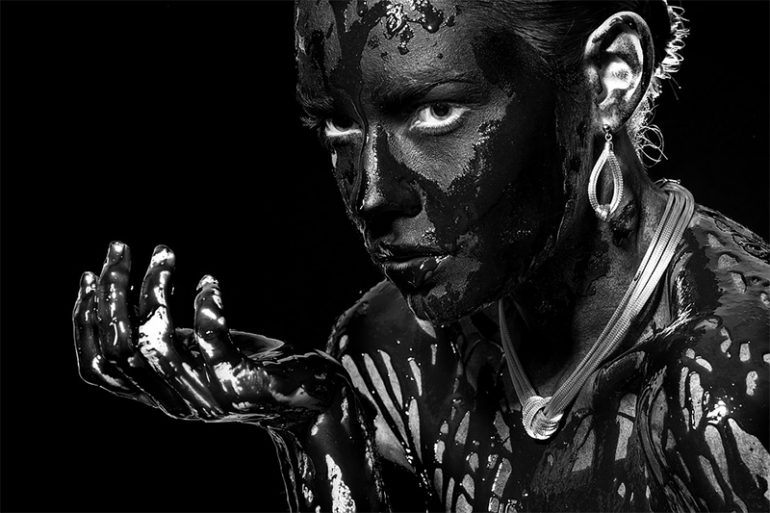Art can be in the form of anything if we want to. It is not bound to what we have read about in history textbooks, such as paintings and sculptures. What matters most is that the result comes from a place of inspiration and creativity. For some, art is something that they can wear, hence the term wearable art.
Although clothing is the first thing that comes to mind, we should not neglect the impact of fine jewelry. It has become one of fashion’s bridges to the art world despite some experts still not up to the idea that it is at the same level as other art forms.
A probable reason is its commercial value since fine jewelry is readily purchasable in upscale boutiques and department stores. Known mediums of art are the opposite, as they are usually commissions or requests by the patron. That is not to say that fine jewelry cannot be bespoke. Some jewelers have created exquisite pieces for clients, some of which are free for viewing in museums and galleries. What was once a struggle for these artists to have their work displayed in these set-ups is now becoming more common and accepted in the ‘old school’ art world.
However, other critics claim that not all jewelers merit the artisan moniker. They said it takes a distinguished one for the art world to declare it so. We should take note that creating fine jewelry has a meticulous process similar to that of other traditional art forms. Jewelry artisans should have an understanding of their materials and forms, composition, aesthetics, design application, workmanship, and originality. According to jewelry expert Amanda Triossi, all these things create something exceptional, and it’s this that defines a work of art.

A great and contemporary jewelry artisan that immediately comes to mind is Victoire de Castellane, whose work for fashion houses Chanel and Dior, has changed the way people view designer jewelry. Her beautiful and whimsical creations continue to inspire and delight in the personal exhibitions she had in 2011 and 2014 respectively.
But before she became a household name in fine jewelry, some well-known artists dabbled in the same field. Surrealists, such as Man Ray and Salvador Dali, had crafted some of the most unique pieces of jewelry. The latter juxtaposed three items in one piece, combining a spoon, a clock, and a comb into a brooch. The former created an experiential Optic-Topic mask in collaboration with Italian jeweler Gian Carlo Montebello. Ray and Dali might not have created the pieces with their own hands, but what they offered left a legacy in the art world. In a way, their creations paved the way for fine jewelry to earn their stripes.
Carol Woolton, a curator at V & A Museum in London, noted that the jewelry world continues to be “hidden and rarefied.” It is about time that “everyone can see, be drawn in, and appreciate the stories behind the pieces.” There are more exhibitions on fine jewelry these days, and there is no excuse to miss out on one.
Photo Attribution:
1st and featured image from https://pixabay.com/photos/black-and-white-portrait-woman-2308855/
2nd image from https://unsplash.com/photos/pAUj-AB3lgM
